https://youtube.com/watch?v=e2N1i7_13QM
Engineering.com lists some of the most exciting companies that are using 3D printing to take humans into space.
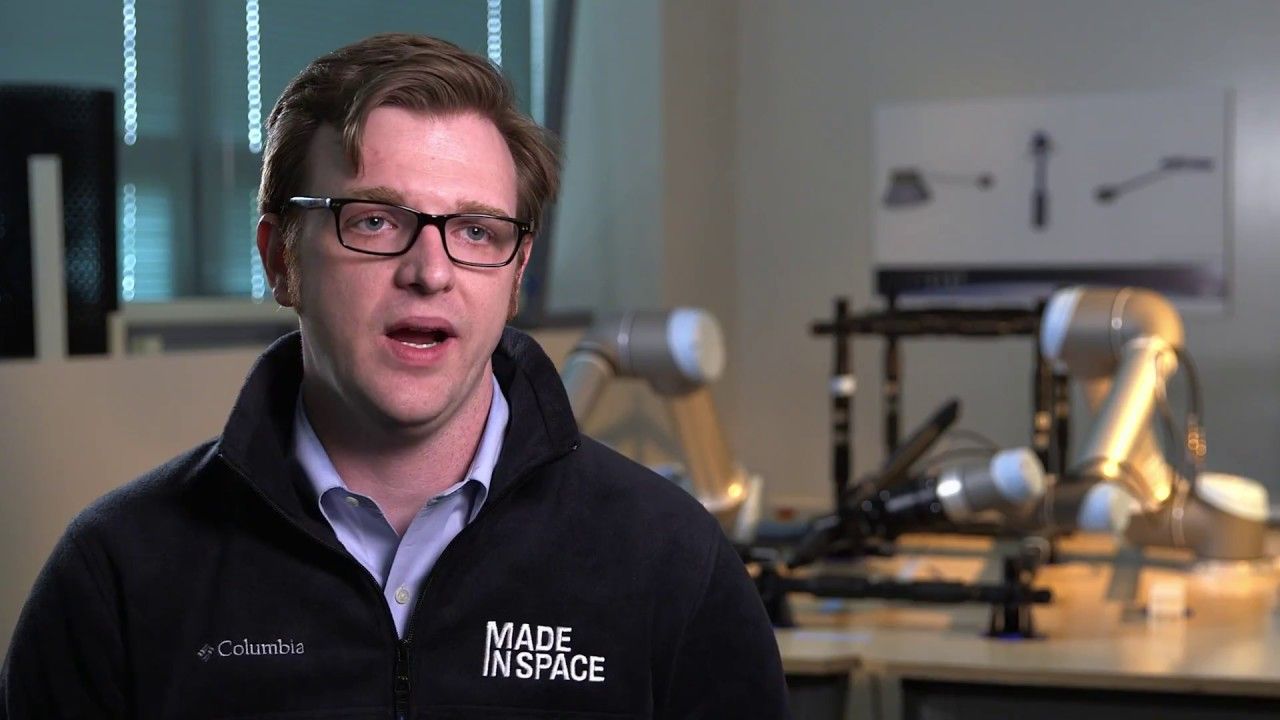
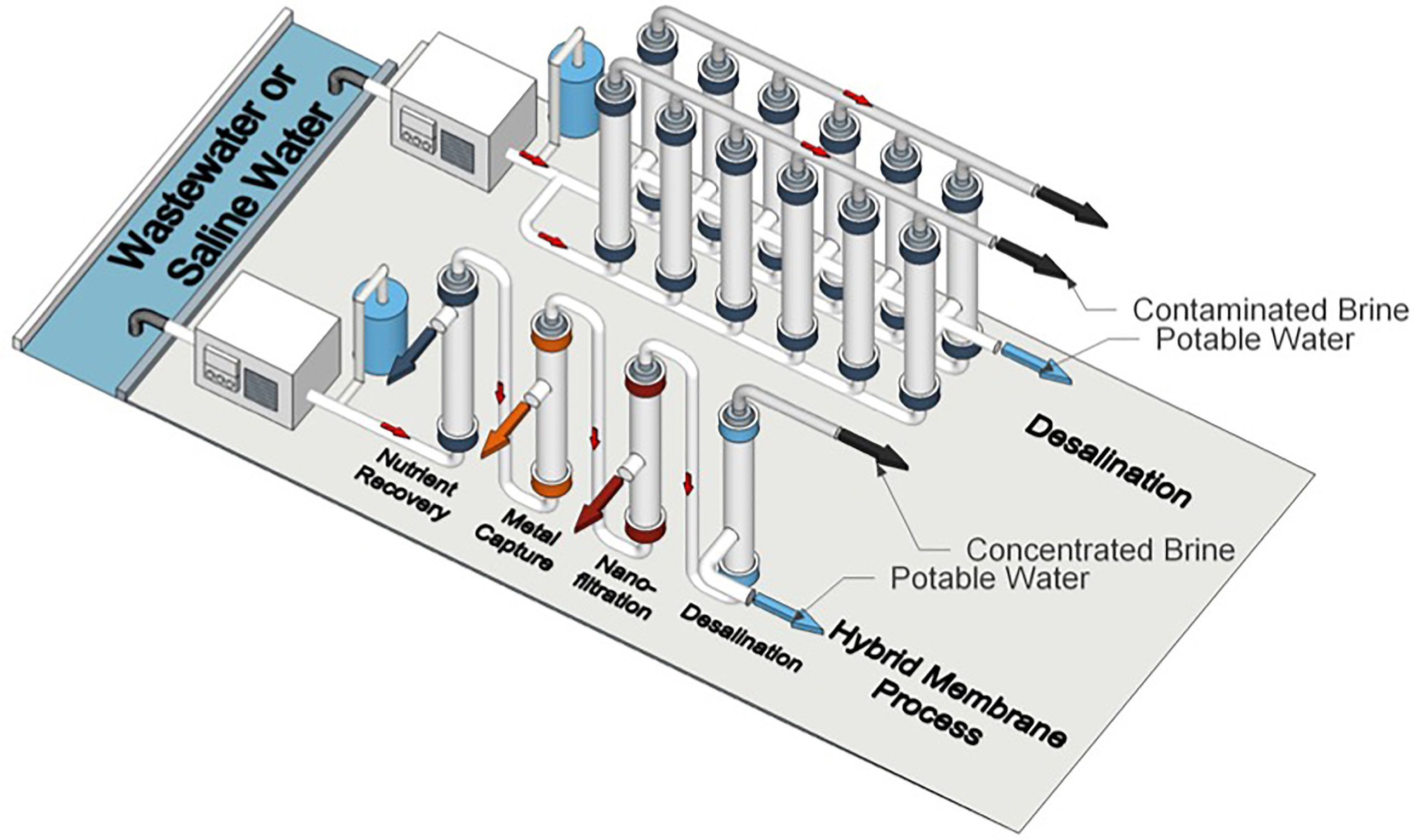
A membrane made up of block polymers has the customizable and uniform pore sizes needed for filtering or recovering particular substances from wastewater, researchers say in a review published in npj Clean Water.
Some parts of the world have an increasing need to generate drinkable water from wastewater due to excessive chemical discharge into typical water sources or lack of rainfall. Researchers from Purdue University and the University of Notre Dame believe that a block polymer membrane could not only improve desalination and filtration of wastewater, but could also be used in forthcoming hybrid water treatment processes that simultaneously recover substances for other purposes.
“Current nanofiltration membranes used for desalination tend to separate things based on size and electrostatic interactions, but not chemical identity,” said Bryan Boudouris, Purdue’s Robert and Sally Weist Associate Professor of Chemical Engineering. “If we tailor the right membrane to the right application to begin with, then less energy is used.”
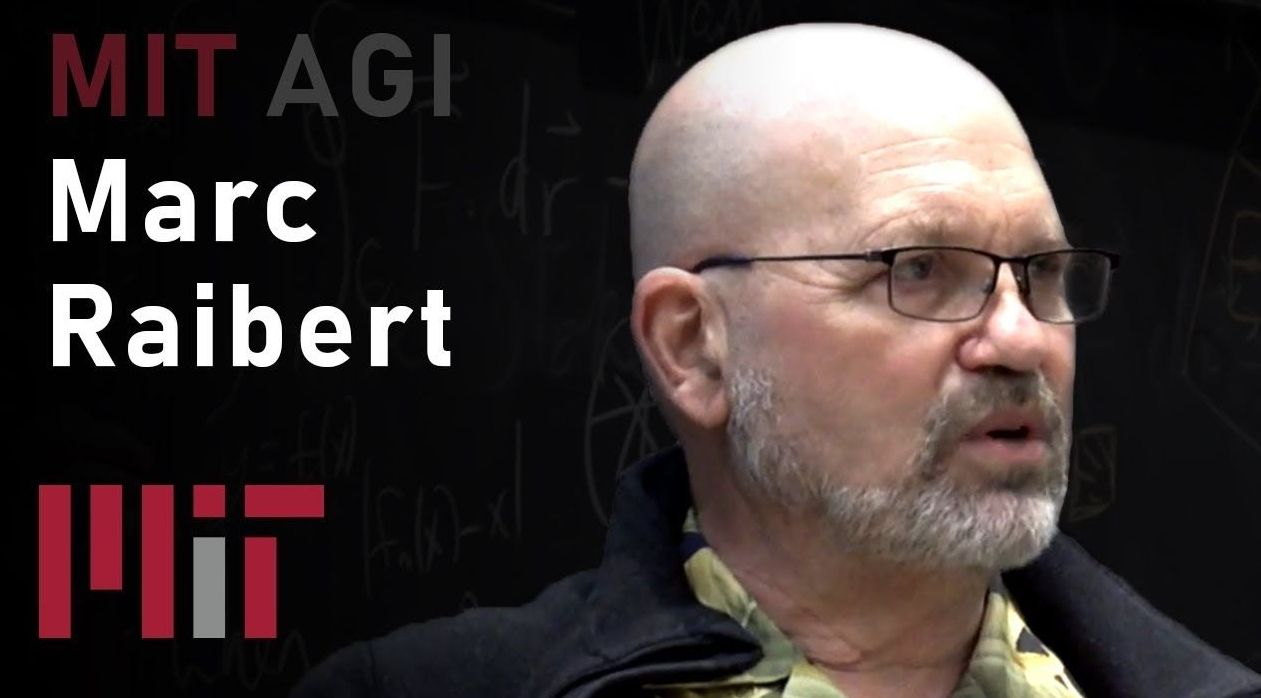
This is a talk by Marc Raibert for course 6.S099: Artificial General Intelligence. He is the CEO of Boston Dynamics. This class is free and open to everyone. Our goal is to take an engineering approach to exploring possible paths toward building human-level intelligence for a better world.
Note: Due to technical difficulties, we don’t have a screencast of the slides, and the video of the slides is low resolution. Despite this, I chose to include several parts of the talk that show slides, especially with videos. It’s not optimal, but I hope you learn and enjoy anyway. Thanks for understanding. We’re always learning and improving.
Note 2: Marc and I asked people not to release the videos around the 20 minute mark before they are officially released by Boston Dynamics. They have been now, go check them out: https://www.youtube.com/user/BostonDynamics
OUTLINE:
0:00 — Introduction
1:06 — Slides
24:27 — Demo
33:40 — Q&A
INFO:
Course website: https://agi.mit.edu
Contact: [email protected]
Playlist: http://bit.ly/2EcbaKf
CONNECT:
- Subscribe to this YouTube channel
- LinkedIn: https://www.linkedin.com/in/lexfridman
- Twitter: https://twitter.com/lexfridman
- Facebook: https://www.facebook.com/lexfridman
- Instagram: https://www.instagram.com/lexfridman
- Slack: https://deep-mit-slack.herokuapp.com
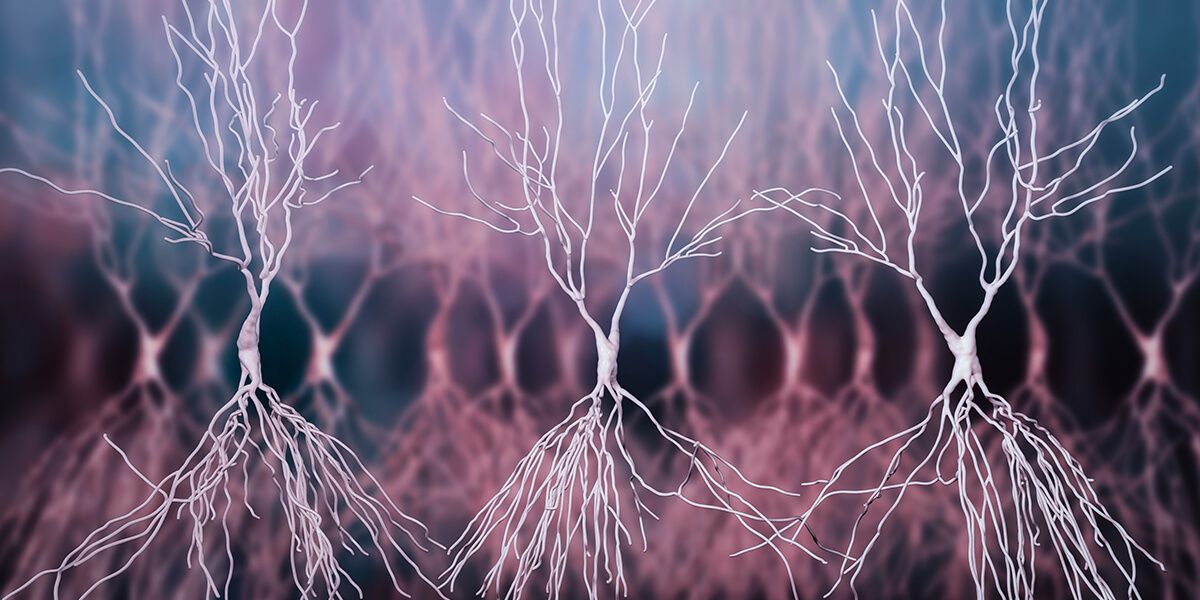
Scientists at Wake Forest Baptist Medical Center and the University of Southern California (USC) have demonstrated the successful implementation of a prosthetic system that uses a person’s own memory patterns to facilitate the brain’s ability to encode and recall memory.
In the pilot study, published in today’s Journal of Neural Engineering, participants’ short-term memory performance showed a 35 to 37 percent improvement over baseline measurements. The research was funded by the U.S. Defense Advanced Research Projects Agency (DARPA).
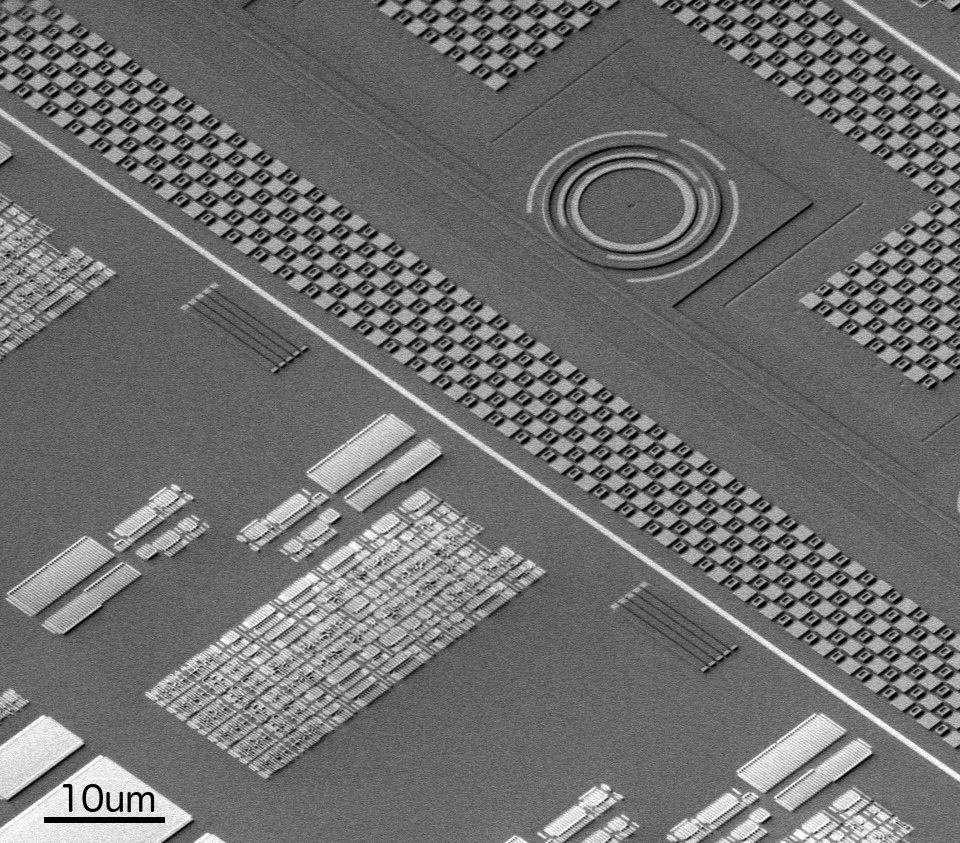
A new microchip technology capable of optically transferring data could solve a severe bottleneck in current devices by speeding data transfer and reducing energy consumption by orders of magnitude, according to an article published in the April 19, 2018 issue of Nature.
Researchers from Boston University, Massachusetts Institute of Technology, the University of California Berkeley and University of Colorado Boulder have developed a method to fabricate silicon chips that can communicate with light and are no more expensive than current chip technology. The result is the culmination of a several-year-long project funded by the Defense Advanced Research Project Agency that was a close collaboration between teams led by Associate Professor Vladimir Stojanovic of UC Berkeley, Professor Rajeev Ram of MIT, and Assistant Professor Milos Popovic from Boston University and previously CU Boulder. They collaborated with a semiconductor manufacturing research team at the Colleges of Nanoscale Science and Engineering (CNSE) of the State University of New York at Albany.
The electrical signaling bottleneck between current microelectronic chips has left light communication as one of the only options left for further technological progress. The traditional method of data transfer-electrical wires-has a limit on how fast and how far it can transfer data. It also uses a lot of power and generates heat. With the relentless demand for higher performance and lower power in electronics, these limits have been reached. But with this new development, that bottleneck can be solved.
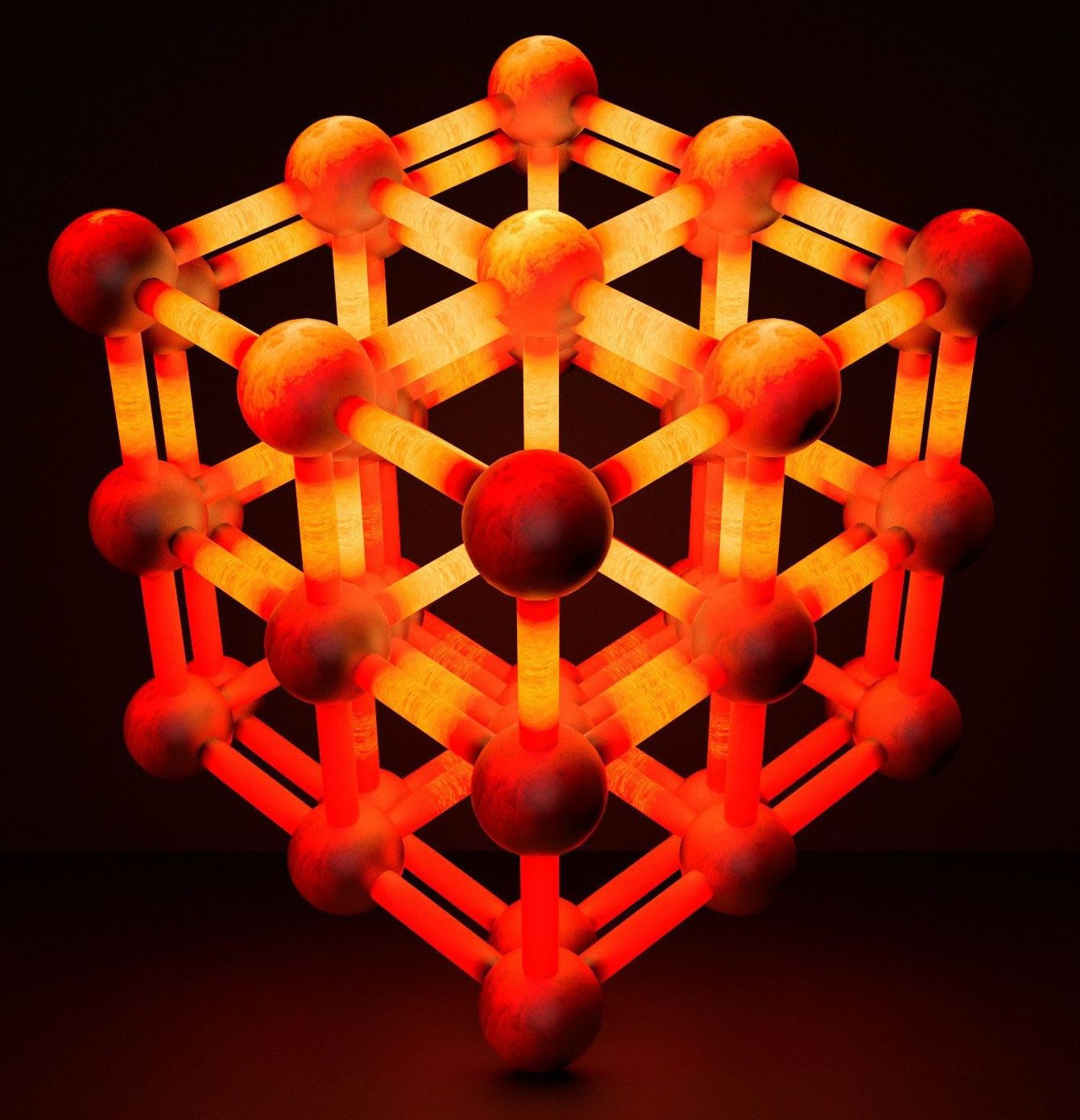
This could be used for hydrogen storage.
Of the four states of matter, gases are the hardest to pin down. Gas molecules move quickly and wildly and don’t like to be confined. When confined, heat and pressure build in the container, and it doesn’t take long before the gas blows the lid off the place, literally. Luckily, gases are superficial. Provide them with an attractive internal surface area, and they’ll pin themselves down in no time. No, it’s not love at first sight, it’s adsorption.
“Adsorption is the processes of gas pinning to the surface of another material—the inside walls of a container, for example,” says Chris Wilmer, assistant professor in Pitt’s Department of Chemical and Petroleum Engineering. “When adsorption occurs, the gas molecules stop bumping into each other, reducing pressure. So, by increasing a container’s internal surface area, we can store more gas in less space.”
Dr. Wilmer directs the Hypothetical Materials Lab, where he and his research group develop new ways to store, separate, and transport gases. They recently published their study “Thermal Transport in Interpenetrated Metal-Organic Frameworks” in the American Chemistry Society Journal Chemistry of Materials. The issue’s cover also featured an image designed by Kutay Sezginel, a chemical engineering graduate student in Dr. Wilmer’s Lab. It depicted interpenetrated metal organic frameworks or MOFs.
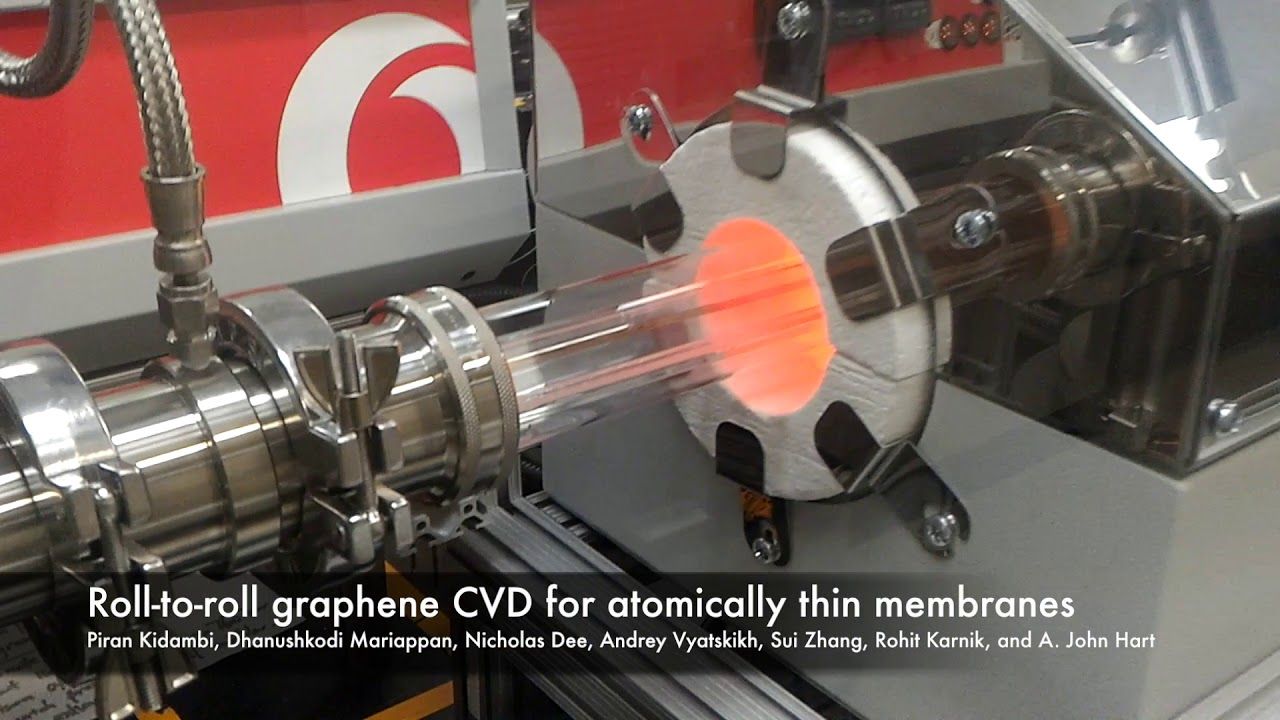
MIT engineers have developed a continuous manufacturing process that produces long strips of high-quality graphene.
The team’s results are the first demonstration of an industrial, scalable method for manufacturing high-quality graphene that is tailored for use in membranes that filter a variety of molecules, including salts, larger ions, proteins, or nanoparticles. Such membranes should be useful for desalination, biological separation, and other applications.
“For several years, researchers have thought of graphene as a potential route to ultrathin membranes,” says John Hart, associate professor of mechanical engineering and director of the Laboratory for Manufacturing and Productivity at MIT. “We believe this is the first study that has tailored the manufacturing of graphene toward membrane applications, which require the graphene to be seamless, cover the substrate fully, and be of high quality.”
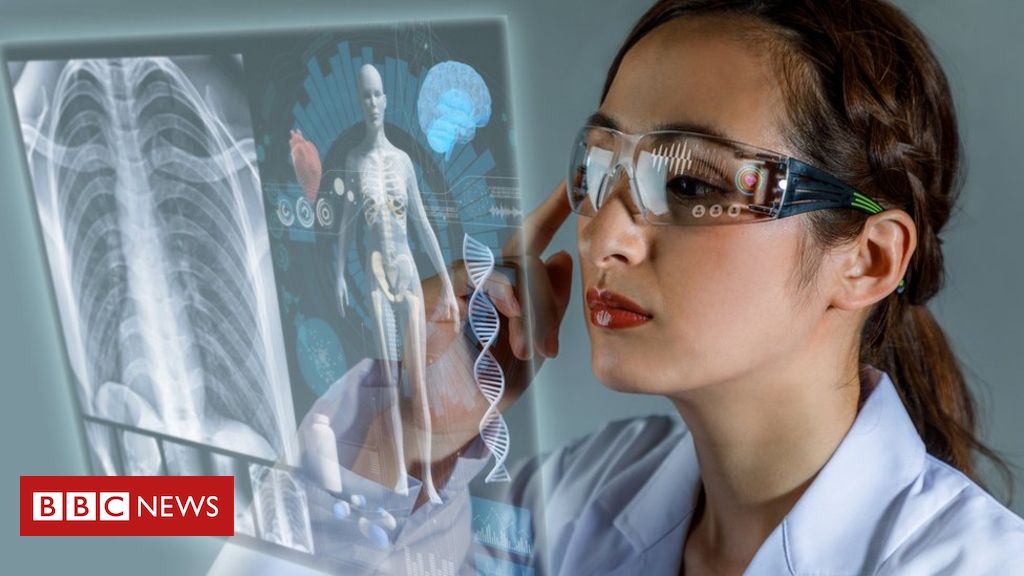
With advances in stem cell research and nanotechnology helping us fight illnesses from heart disease to superbugs, is the fusion of biology and technology speeding us towards a sci-fi future — part human, part synthetic?
In Ridley Scott’s seminal blockbuster Blade Runner, humanity has harnessed bio-engineering to create a race of replicants that look, act and sound human — but are made entirely from synthetic material.
We may be far from realising that sci-fi future, but synthetics are beginning to have a profound effect on medicine.
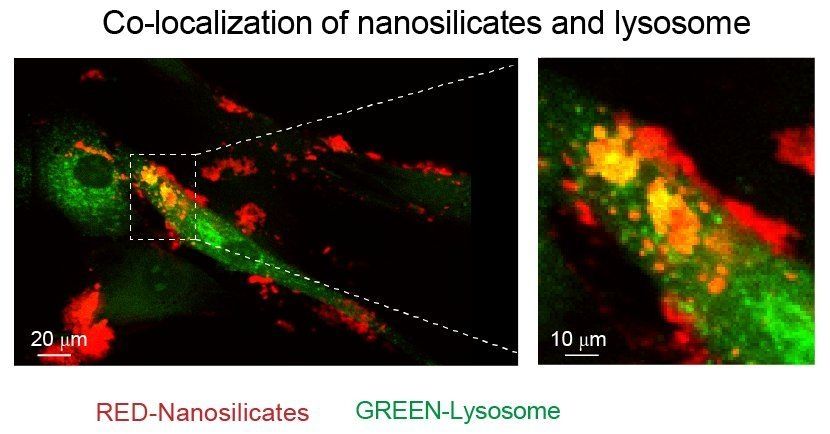
Human stem cells have shown potential in medicine as they can transform into various specialized cell types such as bone and cartilage cells. The current approach to obtain such specialized cells is to subject stem cells to specialized instructive protein molecules known as growth factors. However, use of growth factors in the human body can generate harmful effects including unwanted tissue growth, such as a tumor.
Researchers at Texas A&M University have explored a new class of clay nanoparticles that can direct stem cells to become bone or cartilage cells.
Dr. Akhilesh Gaharwar, an assistant professor in the Department of Biomedical Engineering, and his students have demonstrated that a specific type of two-dimensional (2-D) nanoparticles, also known as nanosilicates, can grow bone and cartilage tissue from stem cells in the absence of growth factors. These nanoparticles are similar to flaxseed in shape, but 10 billion times smaller in size. Their work, “Widespread changes in transcriptome profile of human mesenchymal stem cells induced by two-dimensional nanosilicates,” has been published in Proceedings of the National Academy of Sciences this week.
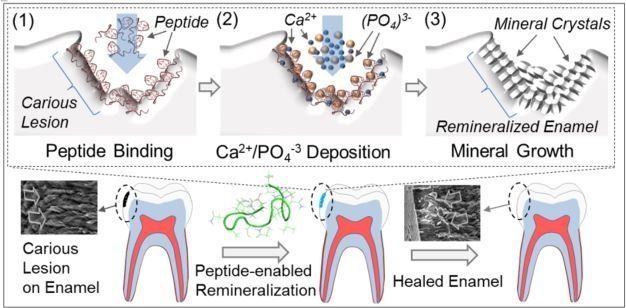
Researchers at the University of Washington have designed a convenient and natural product that uses proteins to rebuild tooth enamel and treat dental cavities.
The research finding was first published in ACS Biomaterials Science and Engineering.
“Remineralization guided by peptides is a healthy alternative to current dental health care,” said lead author Mehmet Sarikaya, professor of materials science and engineering and adjunct professor in the Department of Chemical Engineering and Department of Oral Health Sciences.